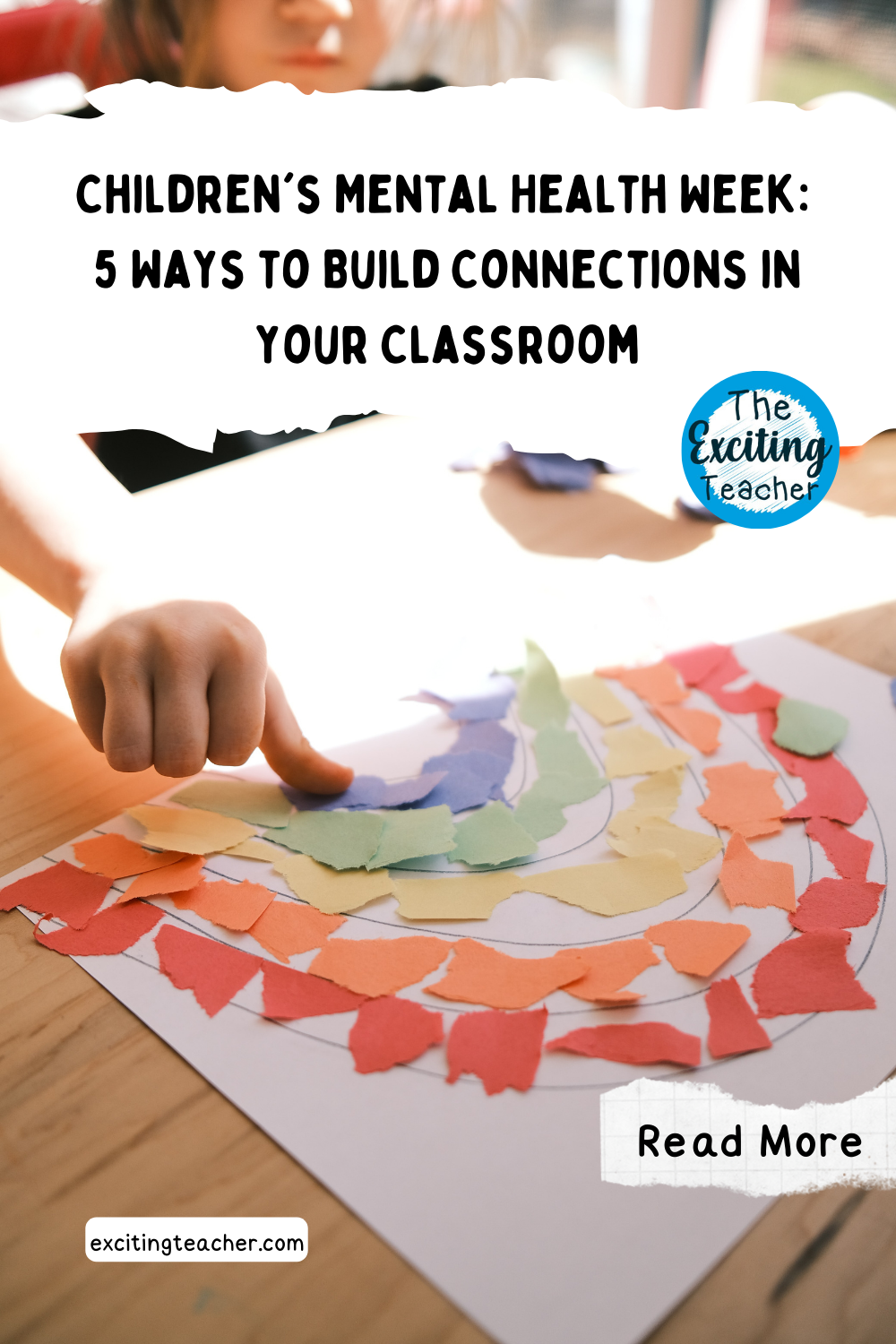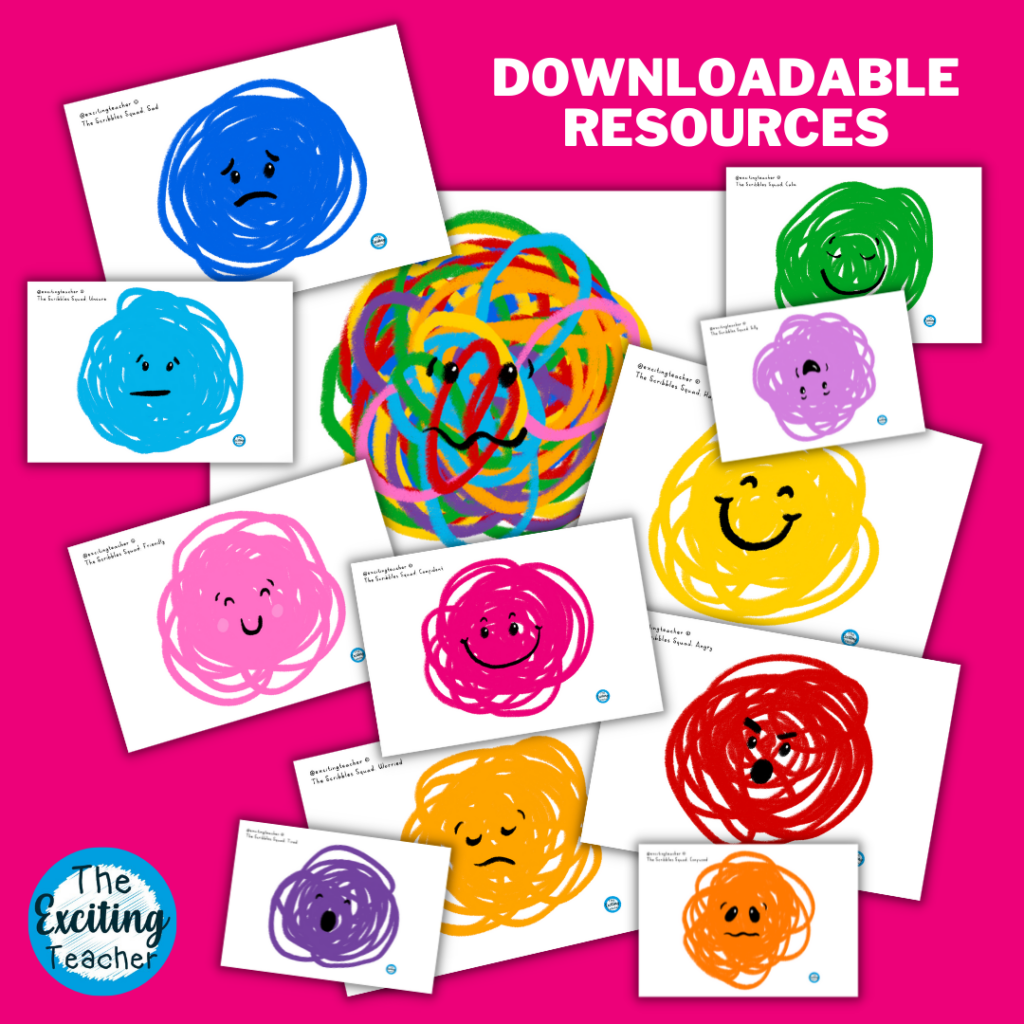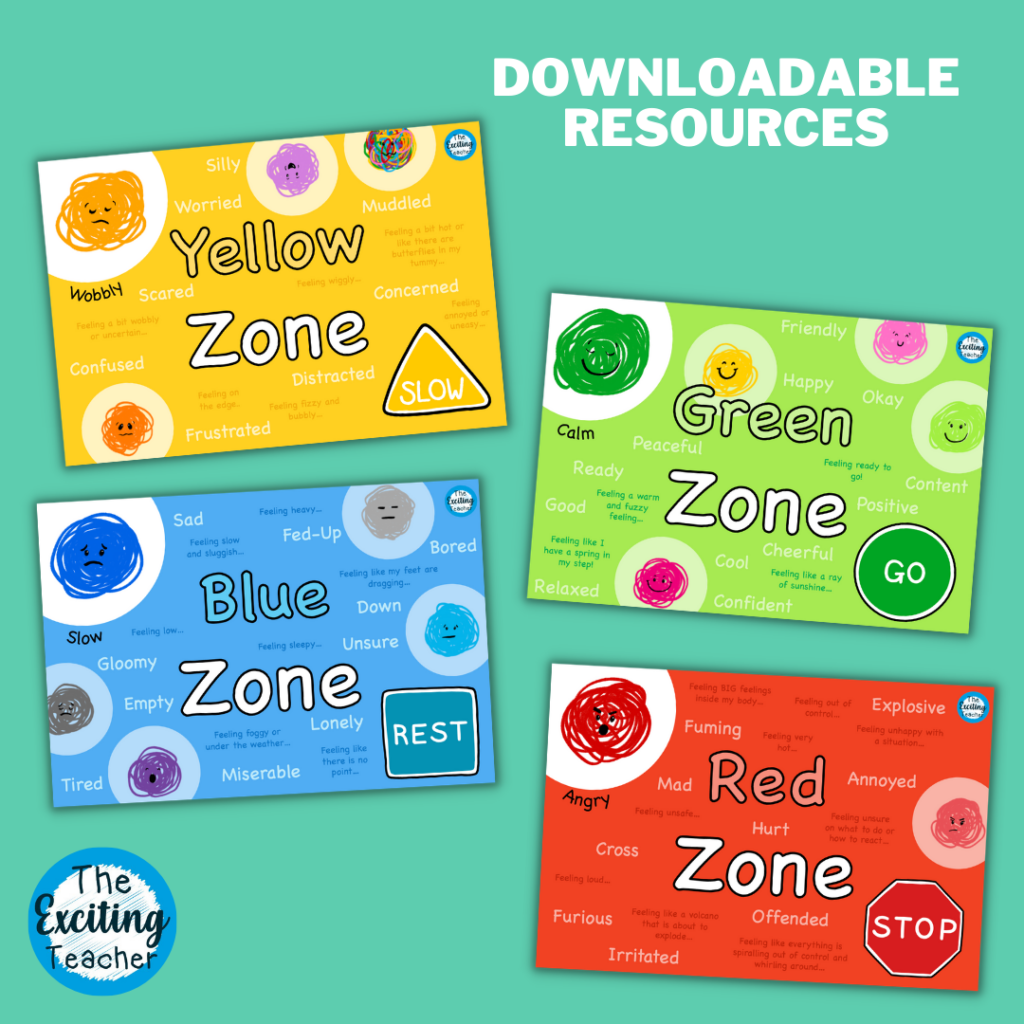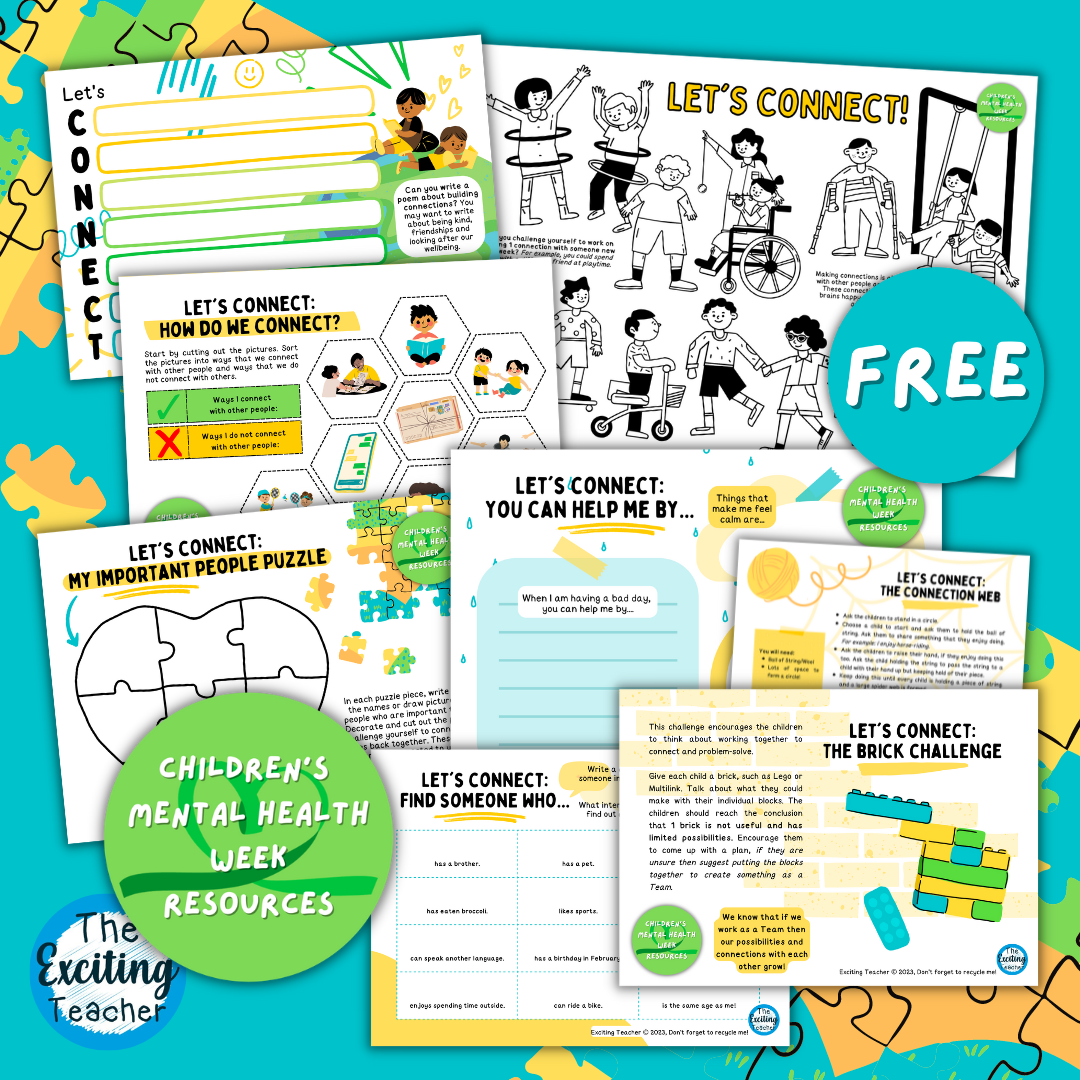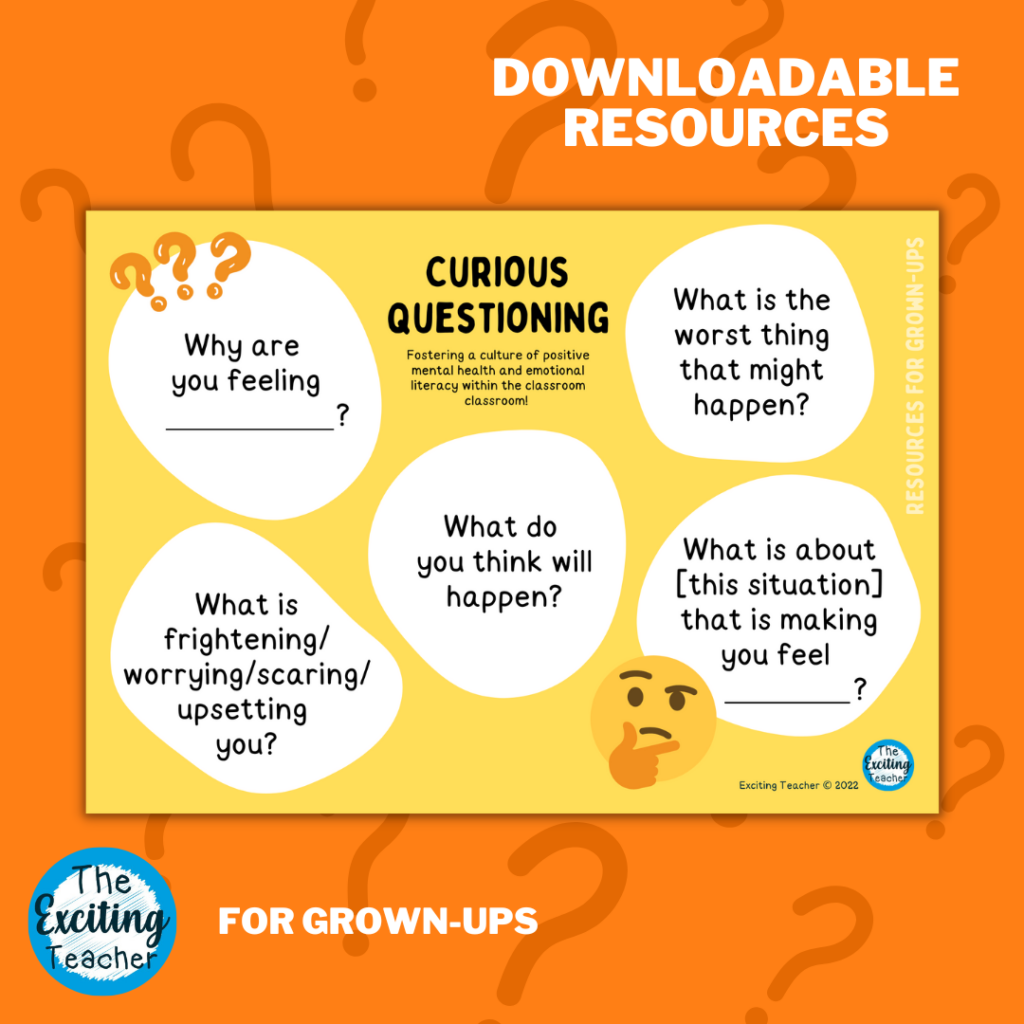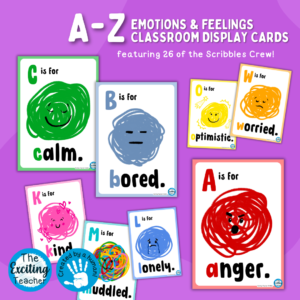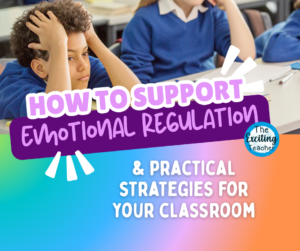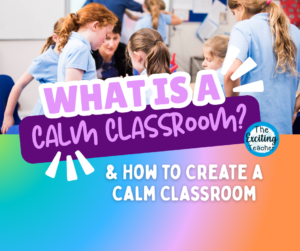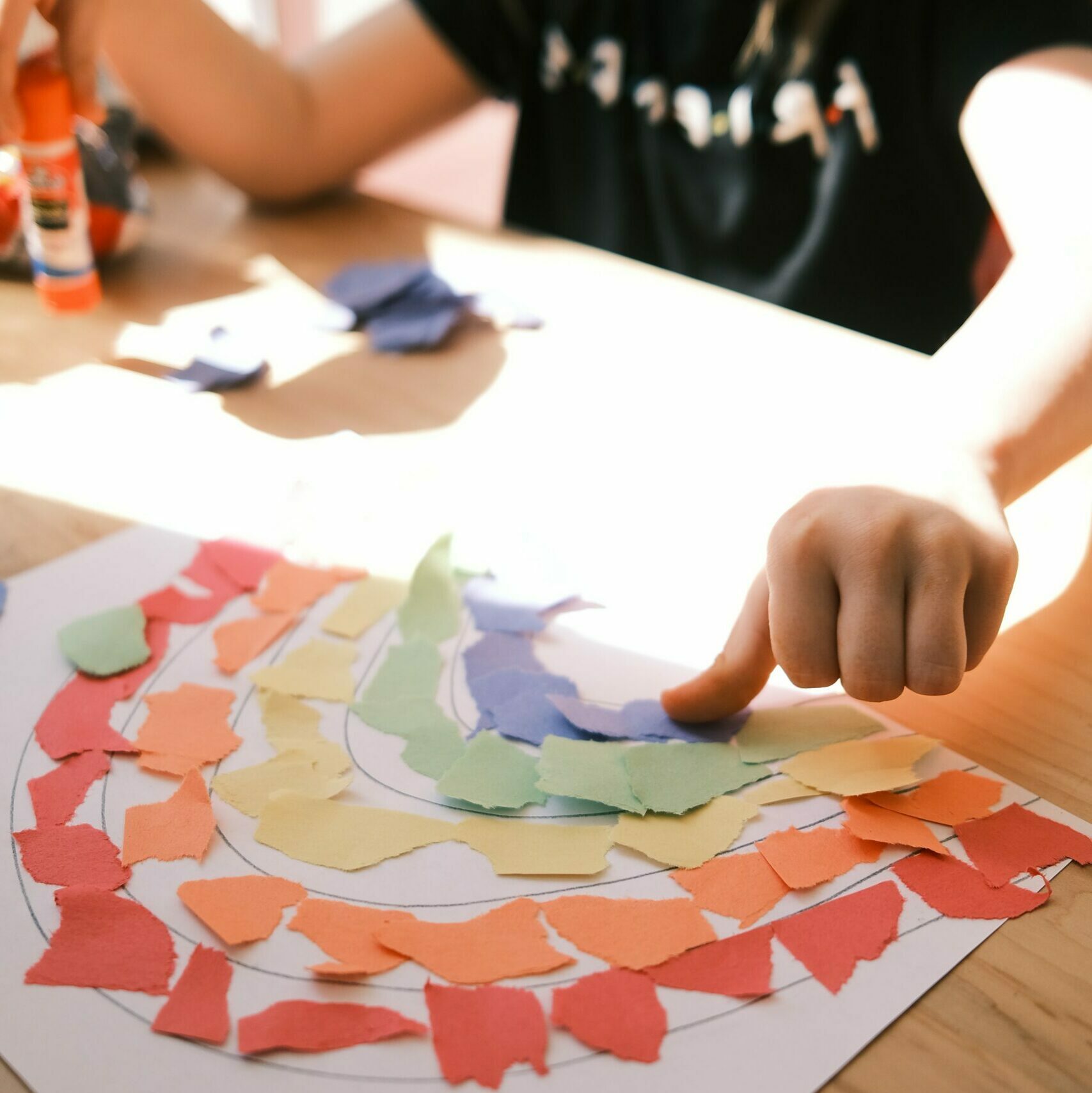
It’s Children’s Mental Health Week and we are discussing ways that you can create a positive classroom culture that encourages children to talk about their mental health. This year’s theme for Place2Be’s Children’s Mental Health Week is ‘Let’s Connect’. 1 in 6 children aged between 5 to 16 are thought to have a mental health problem, which has increased by 50% in the past 3 years.
How do I change this in my classroom?
We have compiled a list of practical ways that you can create a classroom whereby it is normalised to talk about our mental health and wellbeing. There is a strong argument that suggests that by promoting and sharing positive mental health practice within classrooms from a young age then this can work to reduce mental health problems into adolescence and adulthood. By creating this culture, you are encouraging the children in your learning environment to build connections with themselves and those around them.
As a former Teacher myself, I understand that teachers need practical and simple to implement strategies that do not take up too much time or resources – don’t worry, I have got your back!
1. Introduce an Emotion’s Check-In:
Do you have an emotion’s check-in in your classroom? This might be name pebbles that the children can place on different emotions or a velcro-chart whereby they can move their name peg according to how they are feeling. We encourage you to consider ways of making this task confidential.
For example, you could introduce envelopes labelled with various emotions and the children pop their name in an envelop so how they are feeling is not on display to the entire class. This can encourage participation and honesty, whilst also allowing you as the Class Teacher the opportunity to check in with those who have placed their name in the likes of worried, angry or sad.
Our Scribbles Crew are perfect for helping you to introduce an emotion check-in to your classroom. They are friendly, accessible, and easily re-created by any child!
2. Ensure that everyone feels valued:
Children like to feel safe, secure and valued. With this year’s Children’s Mental Health Week theme being ‘Let’s Connect’, it is important to get to know each child and their individual needs. What are their likes and dislikes? Strengths? What is going on for them at home or in school, with friends or with family, at this time?
Asking children in your class, “how are you today?” can make a massive difference to how appreciated they feel. What feelings do you get when someone asks you how you are doing? Those feelings are replicated by the children that you teach.
3. Explore our “Let’s Connect” FREE resources:
We have put together a FREE resource pack for you to use in your classroom to explore Children’s Mental Health Week. These resources are classroom and child-friendly.
They have been made with you and your children in mind as a way of building more meaningful connections with each other.
The activities include problem-solving games, prompts for starting a discussion around important people in your children’s lives and exploring different ways to connect with people around us.
4. Teach your class to Problem-Solve independently:
Problem-solving is a difficult skill to master, especially for children who are only little. However, once they do master this skill then they are able to navigate around many issues throughout the day independently. One way of introducing problem-solving is by beginning with a short circle time each day as a whole-class. Identify common problems within your classroom environment, such as I feel lonely at break-time and solve this problem as a class using the easy-to-follow 5-step problem-solving approach.
- Identify the problem. What is the problem? Write it down.
- What are all the ways to solve the problem? Write a list of solutions! They can be serious or silly.
- Make a list of the pros and cons for each solution. Is it realistic? Is it achievable?
- Choose a solution and make a plan of how to do it!
- Try it out! If it works, well done! If it doesn’t work, go back to Step 2!

5. Show curiosity using open-ended questions:
A strategy used in Cognitive Behavioural Therapy is curious questioning.
This is an open-ended way of asking questions to find out further information that might be helpful to know. It is a strategy that can support children to explain what they are feeling and why. It can help us as adults to support children in feeling better and moving past their worries, concerns, or frustrations.
This strategy is helpful to use in the classrooom to show children that you are attuned to how they are feeling and want to help them feel better. It is also useful for parents to use at home to help when those BIG feelings become overwhelming for our children.

This post is brought to you by Channon, Founder of Exciting Teacher, a Qualified Primary School Teacher, and a Qualified Education Mental Health Practitioner (EMHP).
Why not check out our Exciting Teacher Member’s Club? It is home to over 250+ resources to support children with their mental health and wellbeing.
Share:
Pin this:
